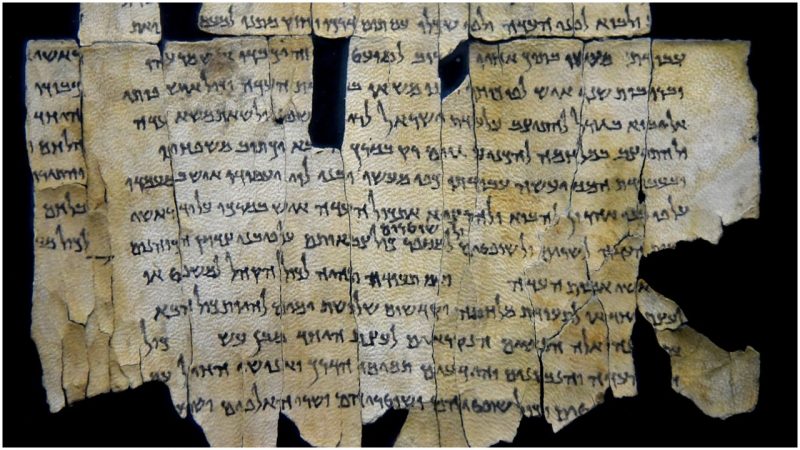Infrared imaging technology, of the same kind as used by NASA, has helped detect text on Dead Sea Scrolls that were previously considered empty of contents. This latest breakthrough in the deciphering and analysis of parts of the Dead Sea Scrolls sheds new light onto these historic scripts, attested to be among the most significant archaeological finds of the previous century.
Some parts of the recently pondered fragments hint to the presence of a previously unknown scroll, while more pieces link to the Temple Scroll, according to statements made by the Israel Antiquities Authority (IAA), which is piloting the research.
The text fragments that were recently subjected for analysis had remained unsorted because of their delicate condition, officials explained. The newly-detected writing on the fragments has been linked to books belonging to the Hebrew Bible (Deuteronomy and Leviticus), as well as the Book of Jubilees (known as Lesser Genesis) which was never included before.
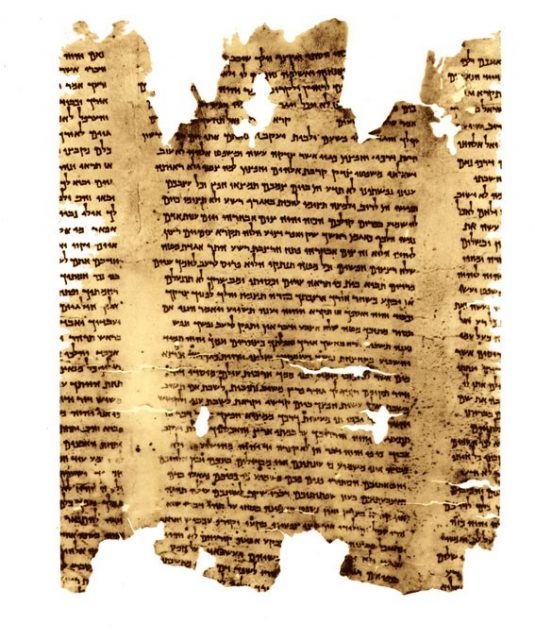
The text was discovered after researchers used a multispectral imaging camera to inspect dozens of seemingly blank scroll fragments–they turned out to actually contain traces of ink that otherwise cannot be spotted. Reportedly, the IAA is currently conducting an effort to produce digital copies of all the scrolls and make them available for a wider readership.
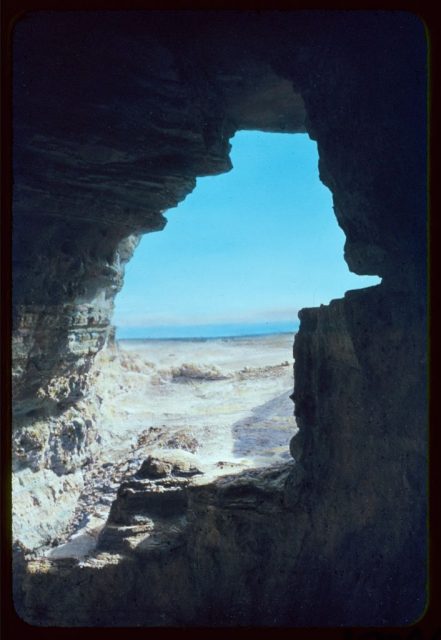
They announced the findings during an international Jerusalem conference on the Dead Sea Scrolls, marking the 70th anniversary since the first scrolls surfaced.
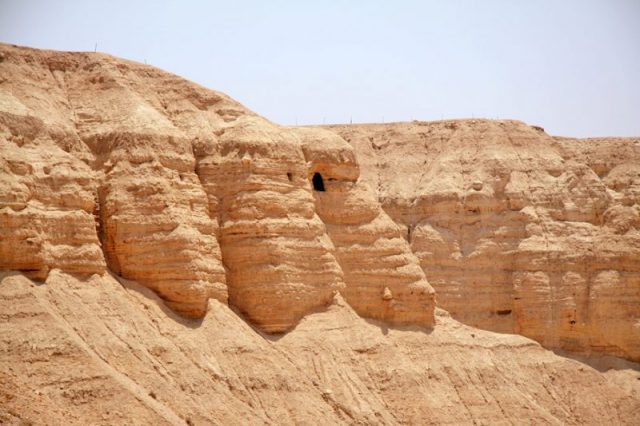
“As part of the project each of the thousands of fragments of the Dead Sea Scrolls is imaged in order to monitor its physical condition and make the best possible images available to the public,” said the IAA, in a statement released on May 1, 2018.
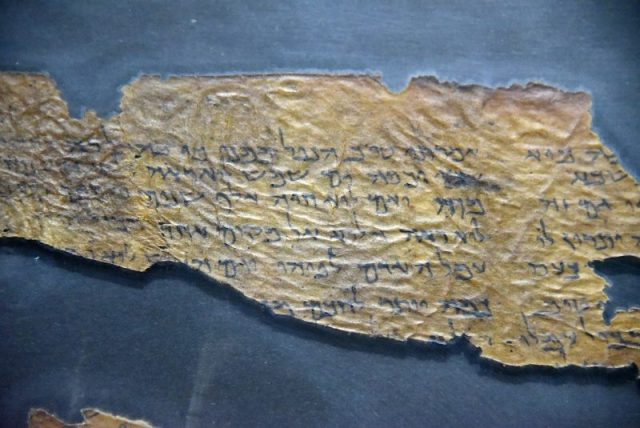
It was a scholar of the Hebrew University of Jerusalem, Oren Ableman, while researching the scrolls at the IAA came across first evidence the fragments in question that contained letters. Ableman reportedly scrutinized multiple fragments from Qumran’s “Cave 11” and eventually detected ink traces on many of them that previously appeared to contain nothing.
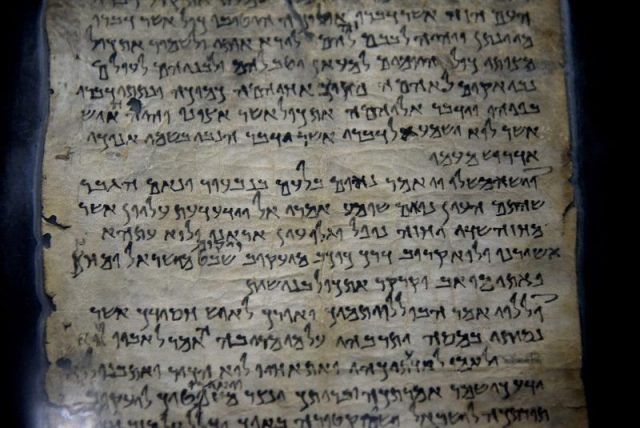
Some of the fragments scanned during the recent effort have been linked to the longest of all Dead Sea Scrolls, the Temple Scroll. This scroll was reportedly found in the mid-1950s in Cave 11, some 1.2 miles to the north of Khirbet Qumran. It is also among the thinnest of all scripts ever reclaimed from the Qumran caves, containing Hebrew writing.
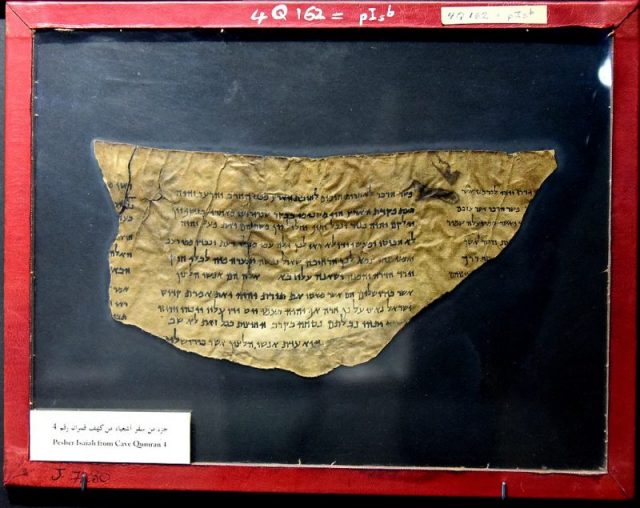
As a text, the Temple Scroll provides guidance on how services should preferably be carried out in temples, and as Live Science also reports, up until now, it has been a matter of debate among scholars whether there have been two or three copies of this specific scroll from Cave 11. The latest findings point to there being three copies.
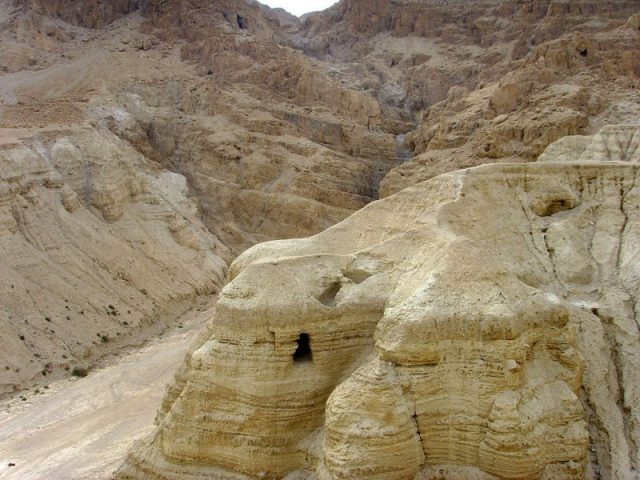
Another fragment was found inked with paleo-Hebrew letters (the script of ancient Hebrew language) and so far doesn’t seem to match with any of the known scripts of the Dead Sea Scrolls corpus. This has led experts to raise the possibility that there is a scroll that has been entirely lost or that lurks somewhere hidden in the thousands of existing fragments. The fragment is not the first one to contain early-Hebrew letters; however, the closer inspection revealed it was written with distinct handwriting so far untypical among the other pieces of the corpus, according to Ableman.
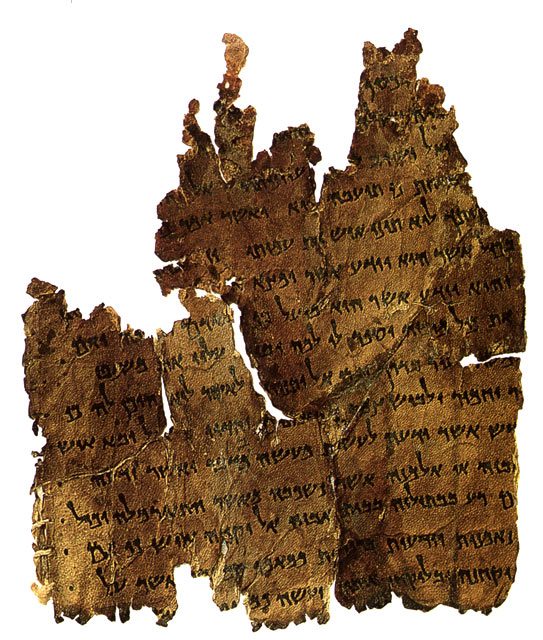
Another finding relates to the Great Psalms Scroll, considered the best-preserved scrolls of all, where the newly revealed texts suggest that an ancient version of Psalm 147:1 is somewhat shorter than the currently used version, the Live Science writes.

The first Dead Sea Scrolls were collected during 1946 and 1947 after their discovery at the Qumran cave in the Judaean desert, one of the world’s smallest but one-of-a-kind desert terrains that span east of Jerusalem and descends to the Dead Sea, the lowest point below sea level on the planet. More than 900 ancient religious scripts have been saved in the years after the first findings, mostly in the form of thousands of fragments. Some of the pieces have been found in well-preserved conditions, others, like the fragments sorted out only now, in considerably deteriorated states. For some two millennia, these relics have survived in the caves due to the arid air and the absence of light.
The latest announcement comes only a few months after scholars at the University of Haifa shared the news they have produced translations of some of the last untranslated Dead Sea Scrolls.
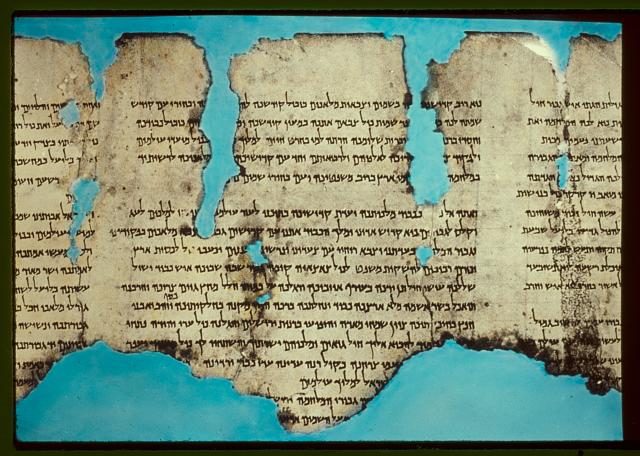
The earliest written scripts of the corpus would have been out there as early as the 2nd century B.C. Hwever, what remains a subject of further debate is who the author was. Fingers point to one of several Jewish groups that lived in the Judea area before and during the Roman times. These people, known as the Essenes, would have lived in Qumran until around 70 A.D. when the Romans pillaged their home, and are considered to have formed a dedicated sect who lived in seclusion.
If this group indeed worked on the Dead Sea Scrolls, then they are the creators of invaluable archeological artifacts which incorporate the earliest identified biblical scripts. The scrolls have been further distinguished containing fragments from almost every part that today consists the Old Testament.
